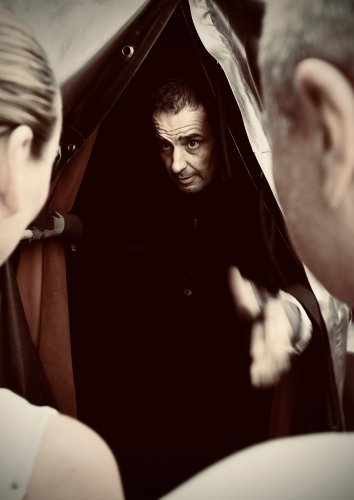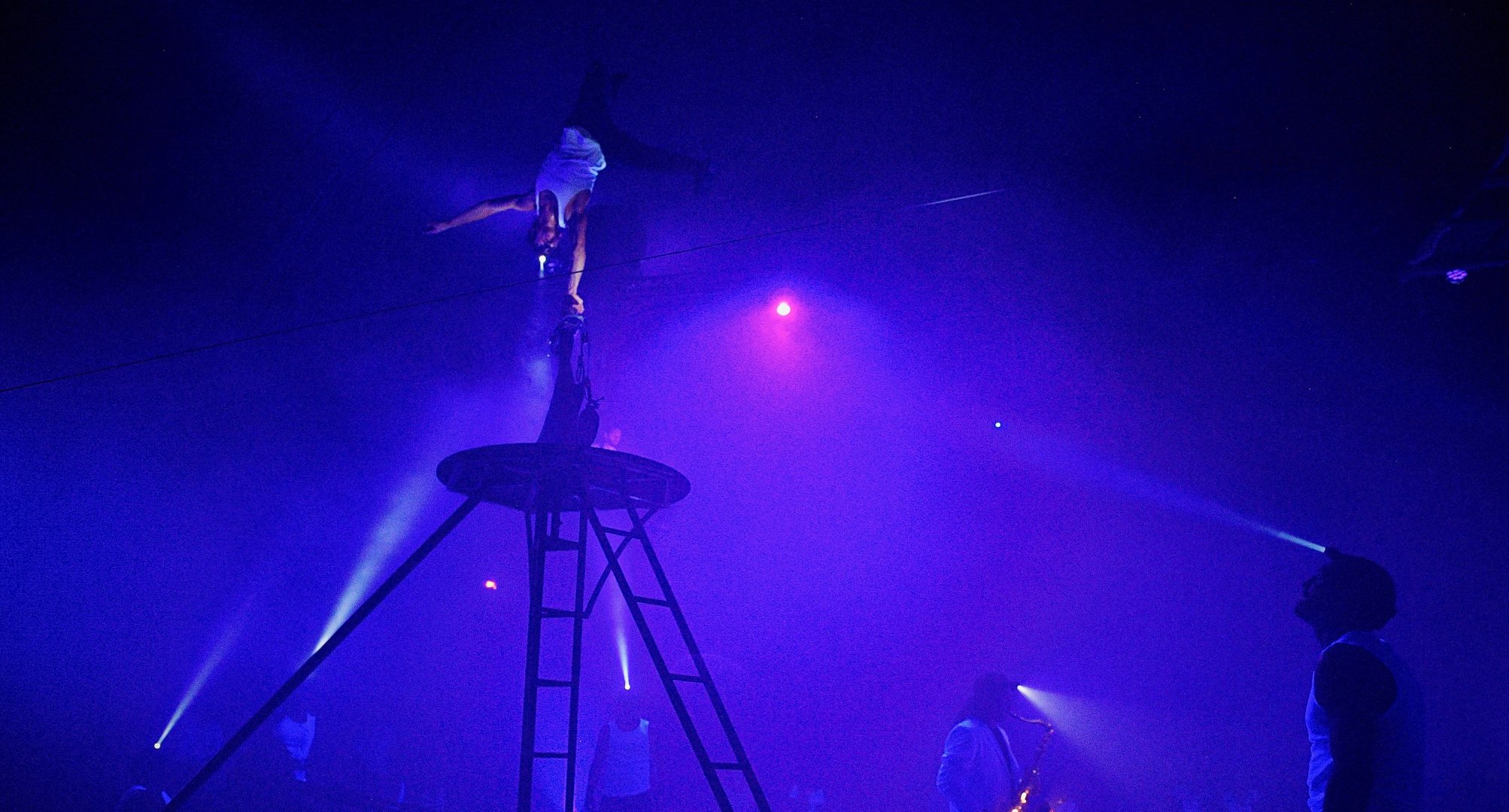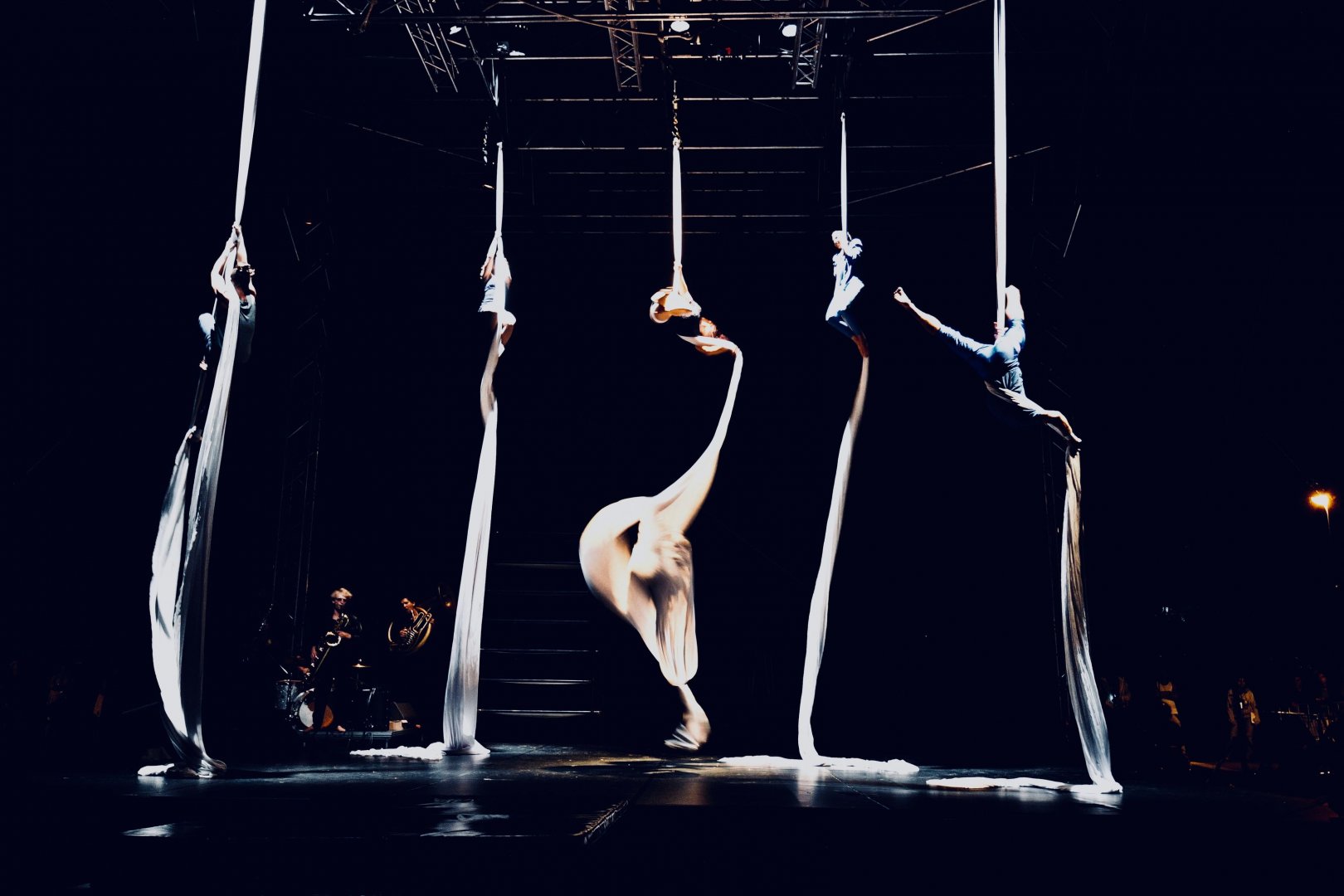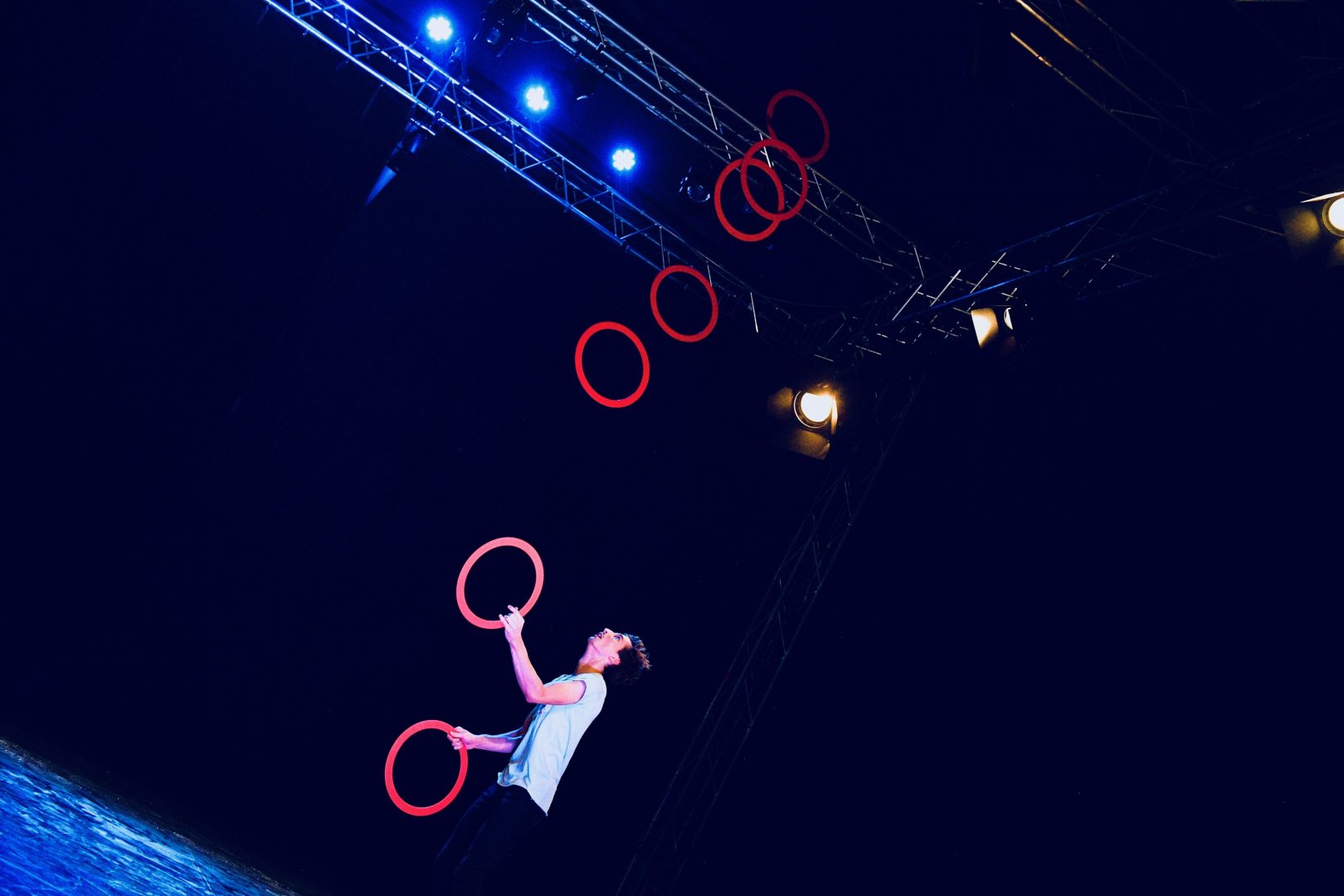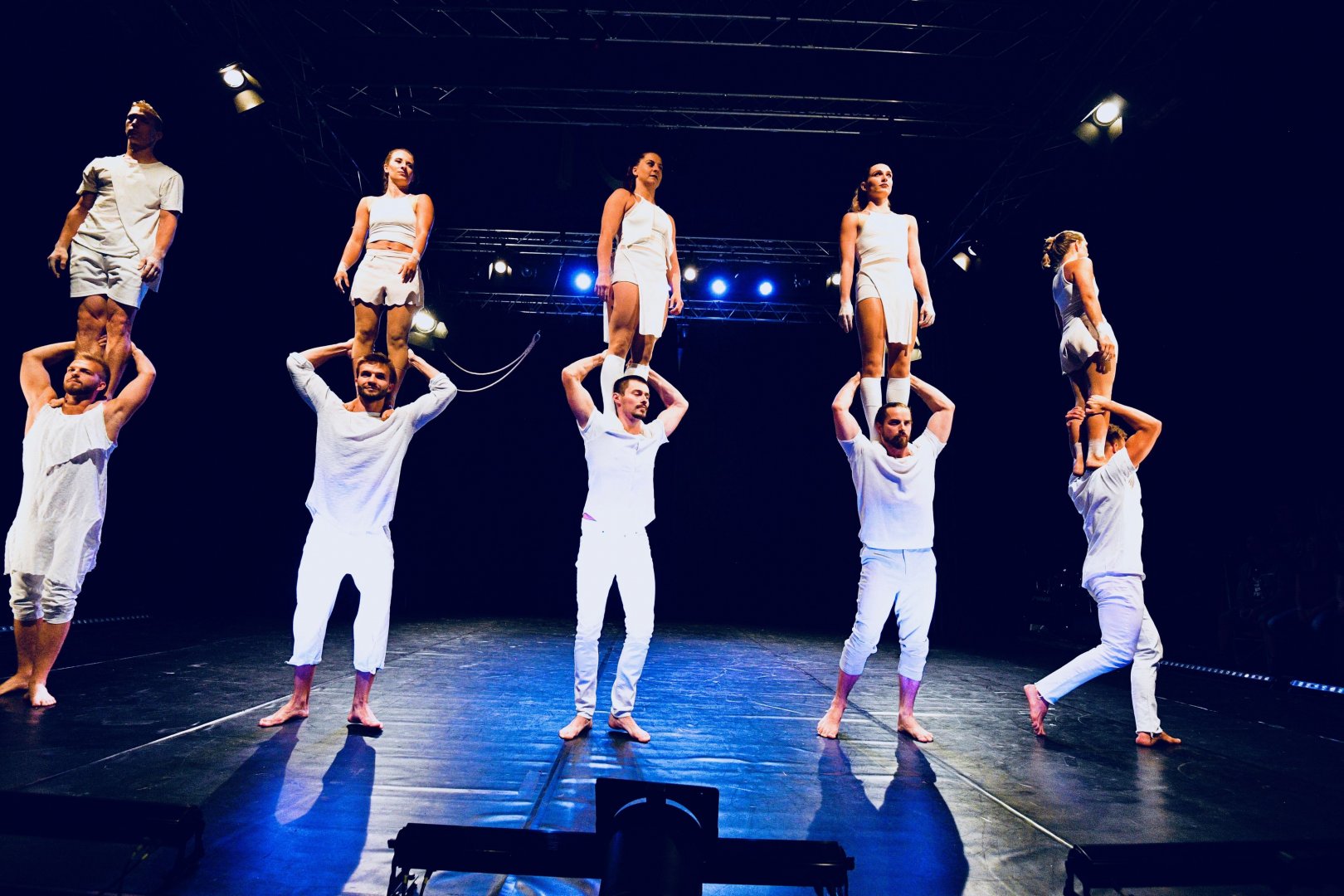Contemporary circus
Contemporary circus is an independent young genre that originating in the 1970s in France. It is also known as the “new” circus in comparison to the traditional circuses of the past. There are significant aesthetic differences between performances of traditional circus families and contemporary circus shows.
A visitor coming to a contemporary show will attend a performance challenging boundaries of artistic and physical expression, mixing organically acrobatics with juggling, contemporary dance, physical theatre, music and rhythm. The show is a compact unit carrying a message or a story. It is hence not just a sequence of ostentatious numbers; the excellent technique is a means of artistic expression of the acrobats.
Contemporary circus picks up the threads of traditional circus while putting together several artistic components and adding theatrical dramaturgy and direction. The scenography can be less distinct. Colourful costumes are often replaced by civilian clothes and there are objects of everyday life on the stage. A circus ring is not a necessity anymore and some troupes even use a regular theatrical stage. The main difference, however, is the fact that there are no numbers based on taming wild animals. That does not mean a complete exclusion of animals. Yet, if they are involved in a contemporary circus show, they are usually presented as equal to man.
Contemporary opera works with spoken passages, contemporary dance is familiar with dramatic techniques. Domesticated animals such as horses and dogs are an inseparable part of our contemporary lifestyle. Therefore, the friendship of men, dogs and horses may not be excluded from this contemporary theatre and its diverse forms.
A visitor coming to a contemporary show will attend a performance challenging boundaries of artistic and physical expression, mixing organically acrobatics with juggling, contemporary dance, physical theatre, music and rhythm. The show is a compact unit carrying a message or a story. It is hence not just a sequence of ostentatious numbers; the excellent technique is a means of artistic expression of the acrobats.
Contemporary circus picks up the threads of traditional circus while putting together several artistic components and adding theatrical dramaturgy and direction. The scenography can be less distinct. Colourful costumes are often replaced by civilian clothes and there are objects of everyday life on the stage. A circus ring is not a necessity anymore and some troupes even use a regular theatrical stage. The main difference, however, is the fact that there are no numbers based on taming wild animals. That does not mean a complete exclusion of animals. Yet, if they are involved in a contemporary circus show, they are usually presented as equal to man.
Contemporary opera works with spoken passages, contemporary dance is familiar with dramatic techniques. Domesticated animals such as horses and dogs are an inseparable part of our contemporary lifestyle. Therefore, the friendship of men, dogs and horses may not be excluded from this contemporary theatre and its diverse forms.
